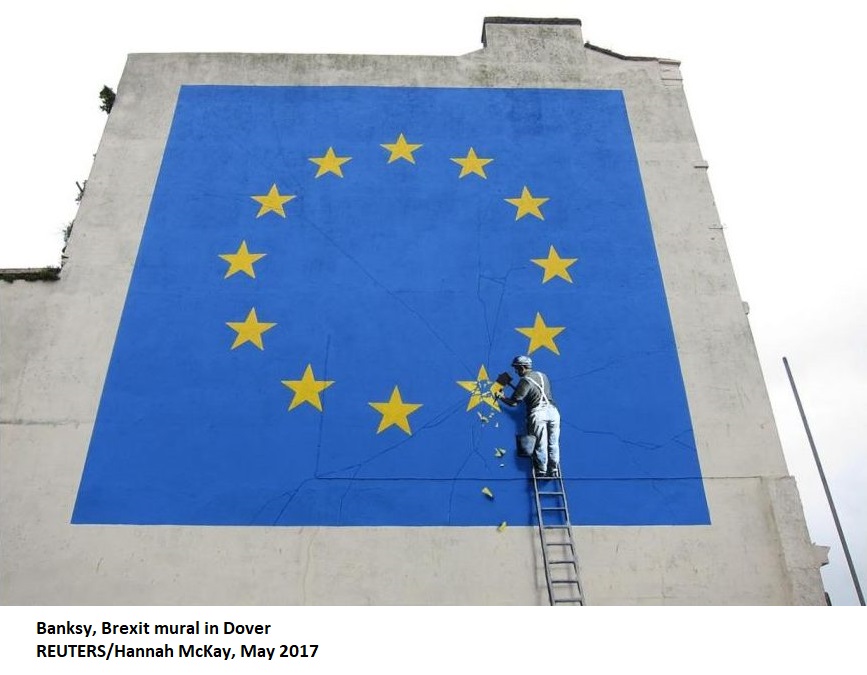The introduction consists in a brief historical overview of the process of European integration, from the second World War to Brexit.
ECUE European economics
Code de l'ECUE : IPEEEC
PRESENTATION

L'objet du cours consiste à introduire les principaux débats économiques et défis soulevés par le processus d'intégration européenne. Le cours est intégralement enseigné en anglais, et utilise principalement les outils de microéconomie étudié en 1ère année.
Responsable(s) du cours
Guilhem LecouteuxPrésentiel
- 20h de cours magistral
PREREQUIS
-
être capable de suivre un cours en anglais
-
maîtriser les bases de microéconomie du 1er semestre de L1
OBJECTIFS
- Appliquer les outils microéconomiques et macroéconomiques à des questions d'économie européenne
- Comprendre les principales réalisations économiques de l'intégration européenne
- Analyser les principaux défis économiques auxquel l'Union Européenne fait face
CONTENU
-
Introduction

-
Chapter 1. European single market

The chapter presents the European single market, and introduces notions about trade and liberalisation of markets. The chapter deals in particular with the consequences of international trade and tariffs on the consumers and producers of the different countries.
-
Chapter 2. The Common Agricultural Policy

The chapter will present the history and microeconomics of the Common Agricultural Policy
-
Chapter Bonus. The European Monetary Union

This chapter will present some basic principles of exchange rates and the main advantages and problems of the Euro. Since you will study later in your curriculum those questions (open macroeconomics in L2; international monetary economics in L3), the chapter is optional, and will not covered in class.
-
Chapter 3. Labour and migration

The chapter will present some basic facts and questions about employment, the labour market, and the determination of wages. It will then deal with the impact of liberalising labour markets on employment, wages, and migrations.
-
Chapter 4. Euroscepticism and Brexit

This chapter presents the main challenges of the process of political integration in Europe, with a focus on the history on euro-scepticism and some difficulties associated to finding rules of collective decision making. The second part of the chapter will discuss the main causes and consequences of Brexit
-
Groupwork: write a report on the topic of your choice

30% of your grade will be a groupwork you will have to submit by the end of the semester. You will have to constitute groups of 4-5 students maximum, and you are free to choose the subject you want to work on.
You will have to write a report of 5-10 pages about an economic issue related to the EU. You should be able to present the main economic questions behind your topic, and use the elements of the course to analyse it.






